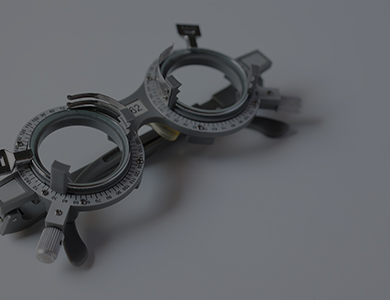Preventing Rebound: What Happens When Myopia Treatment Stops?

Myopia has become increasingly common in children and young adults. Fortunately, treatments such as Orthokeratology (Ortho-K) lenses, MiSight® 1 day contact lenses, and low-dose atropine drops can help slow its progression. But what happens if these treatments are stopped too soon or without the right guidance?
What Is Myopia Rebound?
Rebound occurs when a child’s myopia begins to progress more quickly again after stopping treatment. In some cases, their eyes may even advance at a faster rate than before treatment began. Because myopia often develops most rapidly during childhood and adolescence, stopping treatment too early can undo much of the progress made.
Why Does Rebound Happen?
Myopia management treatments work by gently influencing the way the eye grows. When these treatments are stopped, the eye may “catch up” in its natural tendency to elongate, leading to increased nearsightedness. The risk and severity of rebound vary depending on:
Age - Younger children are more likely to experience rebound if treatment is discontinued.
Type of Treatment - Each treatment has different levels of rebound risk.
Duration of Treatment - Stopping after only a short period may lead to stronger rebound compared to completing several years of consistent treatment.
Treatment-Specific Insights
Ortho-K Lenses: These overnight lenses reshape the cornea to slow myopia progression. When stopped, vision correction and the slowing effect both end. The eyes often revert quickly to their natural progression rate.
MiSight® 1 Day Contact Lenses: As soon as these daily disposable lenses are no longer used, the special optical design that helps control eye growth is removed, allowing myopia to continue advancing.
Atropine Eye Drops: Studies show that stopping low-dose atropine too early can lead to rebound, especially if the child is still young and their myopia is actively progressing. Gradual tapering, under the guidance of an optometrist, may help minimize this effect.
How to Minimize Rebound
The best way to reduce the risk of rebound is to continue treatment until your eye doctor recommends it’s safe to stop. Regular monitoring through comprehensive eye exams allows your optometrist to evaluate how your child’s eyes are growing and adjust the treatment plan as needed. These visits also provide an opportunity to track treatment effectiveness, detect any early changes, and determine the right time to taper or transition therapies.
In many cases, a gradual adjustment (rather than stopping treatment suddenly) can help reduce rebound effects and maintain the long-term benefits of myopia management.
Take the Next Step in Myopia Management at Texas State Optical
Myopia management is a long-term commitment - not a quick fix. Stopping treatment too early can undo years of progress and increase the risk of high myopia later in life. By working closely with your doctor, you can ensure your child receives consistent care that supports healthy vision development for the future.
Schedule a comprehensive eye exam with Texas State Optical to learn more about the best myopia management treatment options and how to create a long-term plan that protects your child’s vision. Visit our office in Austin, Texas, or call (512) 233-6974 today.


